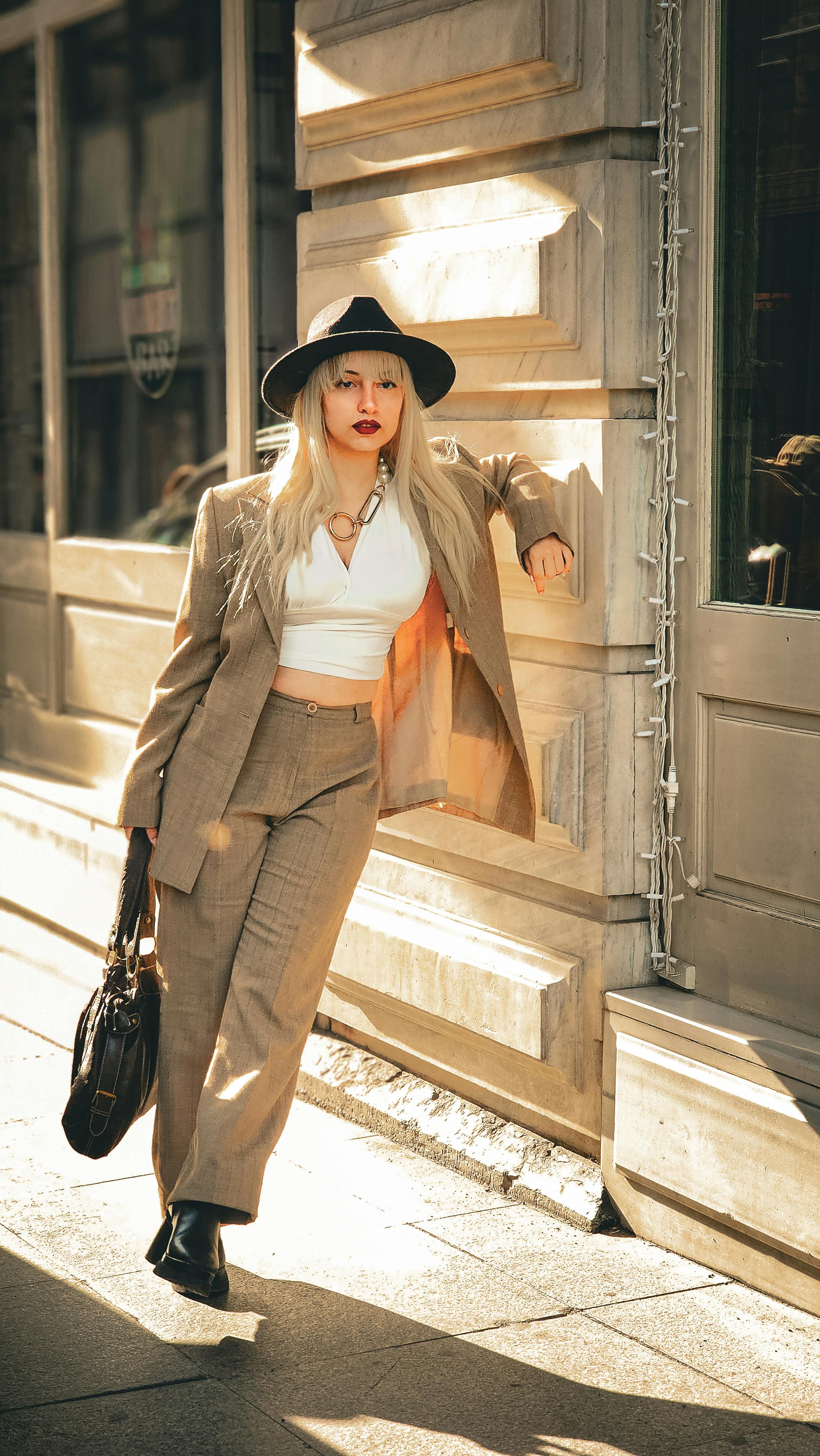Unraveling the Mystique of Androgynous Fashion
Fashion is a powerful language, a vibrant canvas upon which society paints its identities, desires, and ideologies. Androgynous fashion, blurring the lines between masculine and feminine aesthetics, has emerged as a significant trend that challenges traditional gender norms. This article will delve into the history of androgynous fashion, its evolution, and its impact on the industry and buyers, while providing expert insights and styling tips.

Backdrop: Defying Gender Binaries
The concept of androgyny isn’t new; it dates back to ancient civilizations where deities often embodied both masculine and feminine attributes. In fashion, androgyny has been a recurrent theme since the 20th century, with trailblazers like Marlene Dietrich and David Bowie challenging gender stereotypes. Their bold style choices brought androgynous fashion into the spotlight, contributing to a broader conversation about gender fluidity and self-expression.
Current Trends: Breaking the Mold
Today, androgynous fashion is more prominent than ever, with high-street brands and luxury houses alike embracing the aesthetic. Unisex collections, gender-neutral children’s wear, and menswear-inspired womenswear are just some examples of how androgyny is reshaping the fashion landscape. This shift is not just a fleeting trend; it is a reflection of a more extensive societal change towards acceptance and inclusivity.
The Appeal and Influence of Androgynous Fashion
Androgynous fashion offers a departure from traditional gendered clothing, appealing to individuals seeking authenticity and freedom in their style. It caters to a growing demographic that views fashion as a form of self-expression, not confined by gender norms. The influence of androgynous fashion extends to consumer behavior, with buyers increasingly prioritizing individuality over convention.
Research-Backed Insights
Research corroborates the rise of androgynous fashion, with a study by JWT Intelligence noting a significant shift towards gender-neutral clothing, particularly among millennial and Gen Z consumers. This trend is likely to continue, with the global unisex apparel market projected to reach $507.4 billion by 2024, according to Allied Market Research.
Practical Insights into Androgynous Fashion
- Start with basics: A white button-down shirt, tailored blazer, and straight-leg jeans are versatile pieces that can be styled in various ways.
- Play with proportions: Oversized or fitted clothing can create an interesting visual balance.
- Accessorize smartly: Choose pieces that enhance your look without enforcing gender stereotypes.
Wrapping Up
Androgynous fashion is more than a trend; it’s a statement of self-expression and a challenge to societal norms. It represents a shift in consumer behavior towards individuality and inclusivity. With its increasing popularity, androgynous fashion is not just reshaping the industry but also the way we perceive and express our identities. As we move towards a future where the lines of gender are increasingly blurred, androgynous fashion will continue to be a key player, pushing boundaries and inspiring change.
